June 21, 2025 | 02:52 GMT +7
June 21, 2025 | 02:52 GMT +7
Hotline: 0913.378.918
June 21, 2025 | 02:52 GMT +7
Hotline: 0913.378.918
Any agricultural producing country in the world have its own agricultural extension system. In Vietnam, "Agricultural Extension" means giving farmer knowledge of techniques and skills to improve productivity and livelihoods. In other countries the meaning of this term maybe differ but in general agricultural extension is another name of agricultural advisory services for farmers' prosperity.
To obtain the goal each country will have its own path depending on its agricultural policies. For example, the U.S is based on enterprises to develop agricultural advisory services. Accordingly, enterprises provide technology, materials and buy the products made by farmers (An American farmer cultivates on hundreds of hectares of land on average).
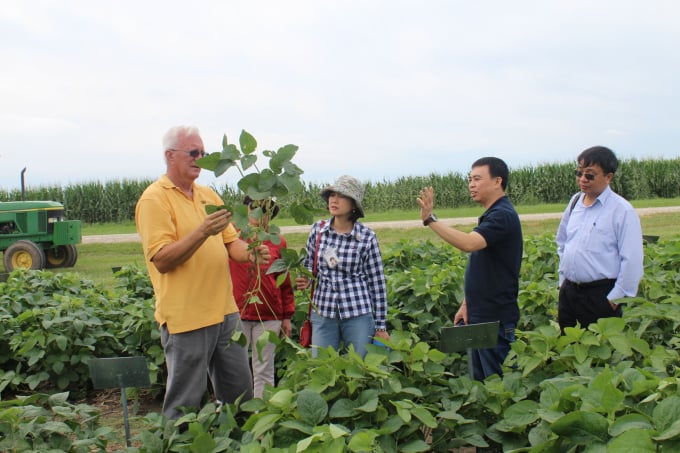
The U.S Agricultural Extension displayed GMO soybean in Missouri. Photo: TL.
Japanese agricultural extension system is based on the foundation of agricultural cooperatives and market agricultural extension which act as bridges to connect farmers with agricultural product exchanges. Korean agricultural extension is in close connection with building new-style rural areas and a dynamic mechanic service well-known across the world "bring services to every field."
Indian agricultural extension system has two approaches: one for the poor areas and one for developed areas. However no matter which approach it is, "Digital green extension" program with the application of information technology will be adopted.
Thailand, neighboring country of Vietnam, has deployed agricultural advisory services on the basis of digitalized agricultural extension system.
In Vietnam, agricultural extension system has existed for a long time. In the past, King Le Dai Hanh decided to plough a field to inspire his people to agricultural production. President Ho Chi Minh joined a movement against drought with farmers. He often encouraged officials to go on field trips to understand farmer better. According to President Ho Chinh Minh, as a leader actions should match words.
Nowadays, Vietnamese agriculture is undergoing the process of restructuring and changing thoughts. The development of agriculture is based on three pillars that are adding value to agricultural products, creating stable livelihoods and protecting natural resources and environment.
Agricultural extension must serve this goal. In fact, there are two approaches that can be realized clearly. State-based agriculture extension is for the political sake of agricultural sector, bringing the scientific advancements to farmers through different channels.
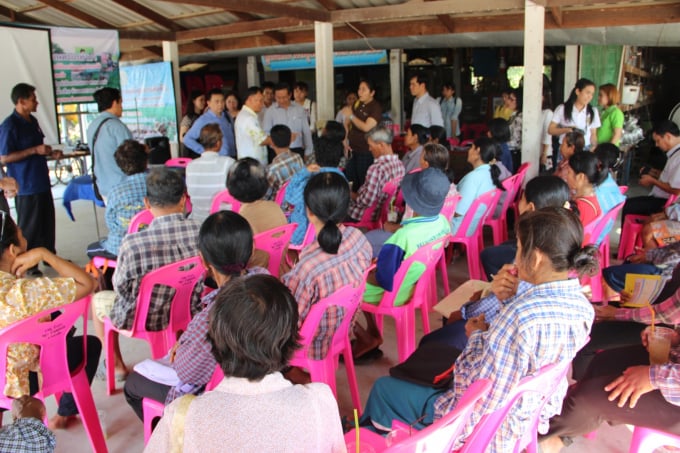
A community-based agricultural extension class in Thailand. Photo: TL.
Meanwhile private sector - based agricultural extension system is divided into two types. One is input enterprises that encourage farmers to use materials they sell through different channels. Many enterprises even have a strong local "agricultural extension" system. The other is output enterprises which encourage farmers to meet the standards they require. In fact, the two types of the private sector-based agricultural extension system operate independently.
In principle, an agricultural extension system must have three things that are Attitude, Knowledge and Skills. In particular, Vietnamese agricultural extension system even requires officials to have "heart, brain and strong feet". Like other countries, Vietnamese farmers were granted agricultural land use rights so that they can develop their own production plan.
If the farmers didn't see benefits they would not believe in agricultural extension system. Because of regularly working the land their skills are prominent. For example, some farmers showed their capacity of grafting coffee plants to improve the productivity which was much admired by foreign experts.
The story of pepper development in recent years has showed that if the farmers saw market potential and economic benefits they could fully invests and even contribute to making Vietnam become the largest pepper producer in the world.
However, because they are still lack of marketing and production linkage experiences, pepper farmers' sad stories have not ended yet. The true stories showed that agricultural extension work today must come from what farmers have and give advice about what they need.
The agricultural sector is changing the outlook from agricultural production to agricultural economy. It's high time for agricultural extension sector to change its mindset from giving farmers knowledge of agronomic techniques and skills to combining agricultural extension with sustainable food system. Accordingly, farmers are the subject and the focus of the development process. Public-private partnership is the right path to boost the development of Vietnamese agricultural extension system.
Translated by Mai Tham
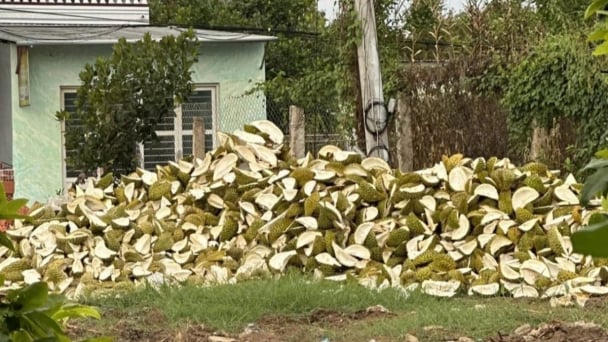
(VAN) The waste of resources from agricultural by-products and the situation of counterfeit and poor quality goods in production causing losses of thousands of billions were pointed out by the National Assembly deputy.
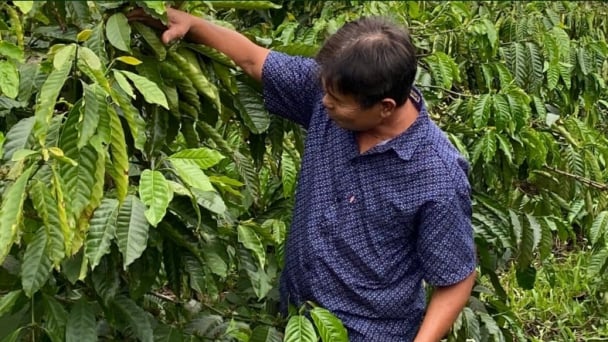
(VAN) After 5 years of implementation, the CAI initiative has helped coffee growers change their farming practices, moving toward responsible agriculture that meets global export standards.
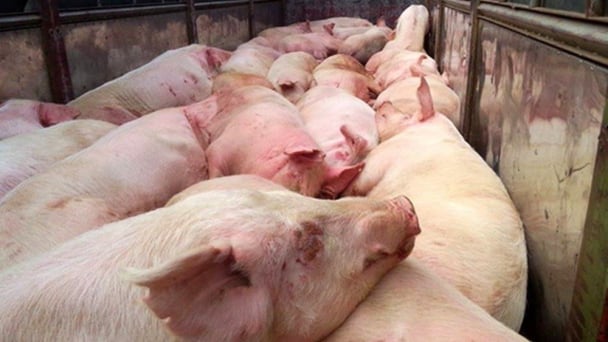
(VAN) The primary prerequisite for the comprehensive and robust integration of Vietnam's livestock sector into the global value chain is the establishment of a disease control system.
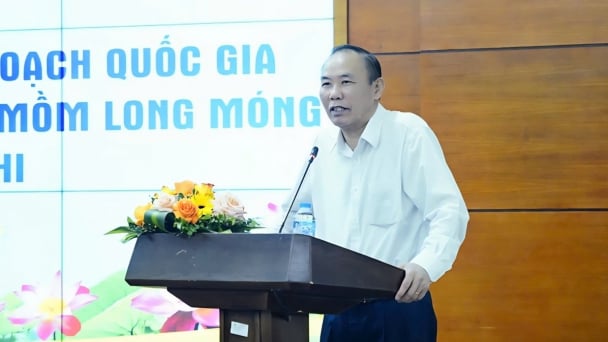
(VAN) The results of national programs are essential for establishing a contemporary livestock sector that is well-equipped to meet the demands of both domestic and international markets, with robust biosafety standards.
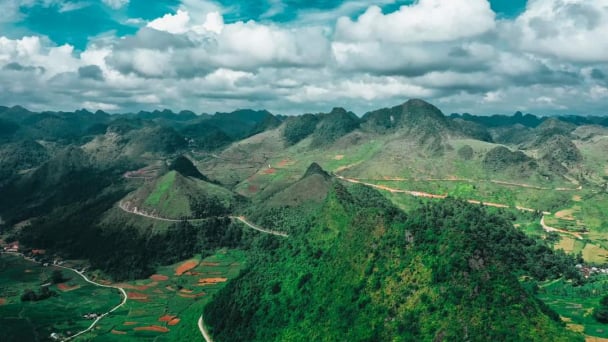
(VAN) The UNESCO Global Geopark revalidation of Non nuoc Cao Bang and the transition to a two-tier administrative model are presently undergoing a pivotal moment in Cao Bang, the northernmost province of Vietnam.
/2025/06/13/5330-2-004539_953.jpg)
(VAN) Changing policy mindset and removing investment barriers are urgent requirements to open up new development space for enterprises in the agricultural sector.

(VAN) The areas include the restoration of five million hectares of marine ecosystems.